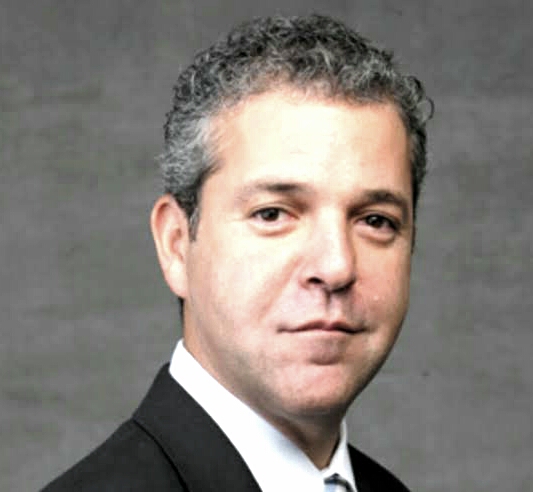Anxiety disorders in minorities. are three important facts:
1: Anxiety disorders, as a group, areIl one of the most common prob-items presented to clinical psychology-gists.
2: By the year 2000, one-thirdof the U.S. population will be com-posed of ethnic minorities.
3: There are higher rates of mental disturbances among some ethnic minorities than among others. For example, Asian Americans have a higher rate of men-tal disturbances than any other ethnic minority. In addition, AfricanAmerican clients have many moreunnecessary psychiatric hospitalized-tions than do white clients (Friedman,Paradis, 8& Hatch, 1994).
Though relatively little attentionhas been given to anxiety disordersamong ethnic minorities, there hasbeen some research. Two researchersfrom the University of Pittsburgh,Neal and Turner (1991), found thatAfrican Americans had a higher pre-the valence of specific phobias and ago-phobia than any other ethnicgroup.
African Americans are said to be more likely to have reportercent specific and social phobias and other things like other whites. . Further,the percentage of African AmericanVietnam veterans who suffer fromposttraumatic stress disorder is alsohigher than the percentage of whiteveterans.
Like the other disorders,childhood anxiety disorders are lesslikely among white adolescents thanamong African American adolescents(Beidel, Turner, & Trager, 1994;Kashani & Orvaschel, 1988); thethe same pattern emerges With posttrau-Matic stress disorder (Last &t Perrin,1993).Researchers such as Neal andTurner (1991) and Last and Perrin(1993) are not sure why this differ-ences exıst.
They see these patternsof disorders among African Ameri-cans as a dilemma. And research onthe situation is made especially dif-ficult by certain problems. Amongthese problems are the followingfive.
 |
| What is wrong with ethnic minorities? 2021 |
1:Within the African Ameri-can community, research does nothave an honourable reputation, be-cause to abuses that occurred in thepast. As a consequence, few individ-uals wish to participate in researchstudies.
2: At times of emotional dis-tress, African Americans are morelikely to seek help from an emergencyroom physician or a minister thanfrom a mental health professional.Again, lack of treatment yields fewparticipants for research(Paradis.S,Hatch, & Friedman, 1994).
3: Re-searchers have unwittingly neglectedanxiety disorders in African Ameri-cans.
4: The number of African Am-Americans who are themselves engagedin clinical research is exceptionallysmall.
5: It is not clear how AfricanAmericans view anxiety, anxiety dis-orders, and coping with anxiety.Today, the researchers who are asking-In the questions are often commu-nity psychologists. They know theappropriate questions to ask. How-ever, they often lack the personnel andthe resources to fully implement theirideas.
There is a high frequency ofdisorders among ethnic minoritiesin general, and of anxiety disordersamong African Americans in parts-ular; there are complicated sOCialand cultural factors that may underlie these disorders. These factors arepart of the multicultural researchproblems that psychologists are onlynow beginning to recognize.













0 Comments
Please do not enter any spam link in the comment box.